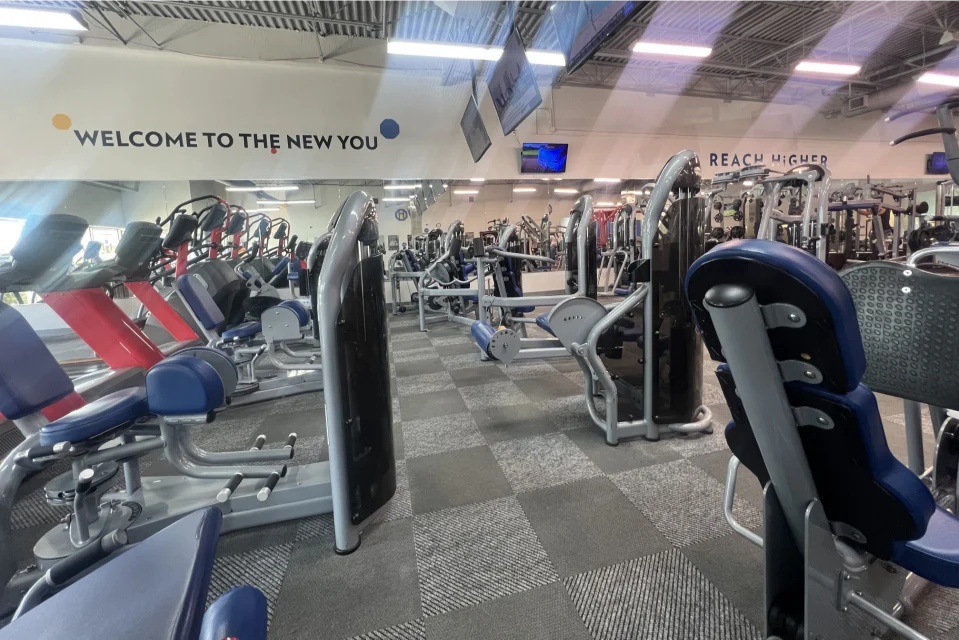Aging is inevitable, but losing flexibility doesn’t have to be. As we grow older, our bodies naturally become stiffer, making simple movements that once were effortless feel like a challenge. But the good news? You can maintain—and even improve—your flexibility with a daily routine. For seniors, flexibility is not just about being able to stretch further; it’s about maintaining independence, reducing the risk of injury, and enhancing the quality of life. Whether you’re new to stretching or looking to build a consistent habit, this guide is designed with you in mind. We’ll explore why flexibility is crucial as we age, outline essential exercises, and provide tips to keep you motivated and on track. Let’s dive in and start moving!
Why flexibility is essential for seniors
As we age, our muscles naturally lose elasticity, and joints can become less mobile. This loss of flexibility isn’t just a minor inconvenience—it can significantly impact daily life. Imagine struggling to bend down to tie your shoes or reach up to grab something from a shelf. These simple tasks become daunting without the necessary range of motion.
Flexibility is essential for seniors because it enhances overall mobility, making daily activities easier and less painful. It also plays a crucial role in balance and coordination, which are vital for preventing falls—a leading cause of injury among older adults. Moreover, staying flexible can alleviate the stiffness and discomfort associated with arthritis, a common condition in seniors.
But the benefits don’t stop there. Regular stretching and flexibility exercises can improve circulation, reduce muscle tension, and even boost mental well-being by promoting relaxation and reducing stress. By incorporating a daily flexibility routine, you’re not just investing in your physical health; you’re also ensuring a higher quality of life as you age.
Flexibility isn’t essential for seniors only, of course. Runners benefit from it greatly, especially from dynamic stretching.
Because flexibility equals mobility, try out these short exercises for better movement.
Essential daily flexibility exercises
Now, let’s dive into the exercises that will help you stay limber and mobile. These stretches are gentle, easy to perform, and can be done from the comfort of your home. Remember, the key is consistency, so try to incorporate these exercises into your daily routine.
Gentle neck stretches
Start with gentle neck stretches to relieve tension and improve mobility in your neck. Slowly tilt your head to one side, bringing your ear towards your shoulder, and hold for 10-15 seconds. Repeat on the other side. You can also try slowly turning your head to look over each shoulder, holding the stretch for a few seconds.
Shoulder rolls and extensions
Loosen up those stiff shoulders with simple shoulder rolls. Sit or stand with your back straight, and slowly roll your shoulders up, back, and down in a circular motion. Do this for about 10-15 seconds, then reverse the direction. For a deeper stretch, extend one arm across your chest, holding it with the opposite hand, and gently pull to stretch the shoulder.
Seated forward bend
This stretch targets your hamstrings and lower back. Sit in a sturdy chair with your feet flat on the floor. Slowly bend forward from the hips, reaching towards your toes. If you can’t reach your toes, aim for your shins or knees—whatever is comfortable. Hold the stretch for 15-20 seconds, breathing deeply.
Hip flexor stretch
Keep your hips mobile and pain-free with this stretch. Stand up straight, then step one foot back, keeping both feet flat on the floor. Bend your front knee slightly and push your hips forward gently. You should feel a stretch in the front of your hip. Hold for 15-20 seconds and repeat on the other side.
Ankle circles
Prevent falls by improving your balance with ankle circles. While seated, lift one foot off the ground and slowly rotate your ankle in a circular motion. Do this for 10-15 seconds in one direction, then switch to the other direction. Repeat with the other foot.
Wrist and finger stretches
Don’t forget your hands! Stretch your wrists and fingers to keep them nimble and reduce the risk of stiffness. Extend one arm in front of you with your palm facing down. Use your other hand to gently pull your fingers back towards your body, stretching the wrist. Hold for 10-15 seconds, then switch sides. You can also gently stretch each finger individually to keep them flexible.
These exercises are just the beginning. The more you practice them, the more comfortable and flexible you’ll become. Plus, they’re simple enough to fit into any part of your day, whether it’s in the morning, after lunch, or before bed. If you are senior looking for a gym in Concord, where you can gently take care of your physical and well-being, make sure to visit HiTone Fitness.
Final thoughts
Flexibility is more than just being able to touch your toes—it’s about maintaining your independence, staying active, and improving your overall quality of life. By incorporating a daily flexibility routine into your life, you’re taking a proactive step towards a healthier, more mobile future. These simple exercises can be done by anyone, anywhere, and the benefits are profound. You’ll notice improved mobility, reduced pain, and a greater ease in performing daily tasks.





